Lawrence Livermore National Laboratory (LLNL) at the National Ignition Facility (NIF) is researching the use of advanced 3D printing to mass-produce fuel capsules for fusion energy power plants. It could be a significant breakthrough in the field of fusion energy, which is considered the “Holy Grail” of clean and abundant power.
The LLNL has already achieved a major breakthrough with the ignition inertial confinement fusion (ICF) ignition experiment in 2022. However, producing fusion energy on a commercial scale presents significant challenges.
One of the biggest hurdles is the production of fuel capsules required for ICF. These capsules contain the deuterium and tritium fuel ignited by lasers.
The fuel capsules must be nearly perfectly spherical. They currently take months to manufacture. A viable fusion power plant would require nearly a million of these capsules per day. As mentioned above, these capsules must be manufactured with extreme accuracy.
The LLNL said in a press release that “The need for perfection is such that, if a NIF capsule were enlarged to the size of the Earth, an imperfection higher than the Hollywood sign in Los Angeles would be disqualifying.” To meet this challenge, LLNL has launched a research project to develop 3D-printed fuel capsules.
Tammy Ma is the lead for LLNL’s inertial fusion energy institutional initiative. She said, “Now that we have achieved and repeated fusion ignition, the LLNL is rapidly applying our decades of know-how into solving the core physics and engineering challenges that come with the monumental task of building the fusion ecosystem necessary for a laser fusion power plant.”
The project is developing the first prototype of a dual-wavelength, two-photon polymerization (DW-2PP) approach to 3D printing. This technique utilizes two different light sources to selectively print different materials. This allows the creation of complex geometries with sub-micron resolution, potentially enabling the production of fuel capsules at the scale required for a commercial fusion power plant.
Xiaoxing Xia is co-principal investigator and a staff scientist in the LLNL’s Materials Engineering Division. He said, “We are focusing on a specific type of wetted-foam capsule, in which liquid DT can be wicked into a uniform foam layer on the inside of the spherical capsule by capillary action. “The current DT ice layering process takes up to a week to complete with extreme meticulousness. It’s possible that 3D printing is the only tool for this kind of complex geometry at scale.”
The project has already shown promising results. 3D-printed targets have successfully been used in two NIF experiments in 2024. The use of 3D printing for fusion energy is still in its early stages. However, it represents a potential solution to a critical manufacturing challenge. If this new technology is successful, it could accelerate the development of fusion power plants. This could help bring the world closer to a future with clean, safe, and abundant energy.
Jeff Wisoff is principal associate director for LLNL’s NIF & Photon Science Directorate. He said, “Unlocking fusion is a strategic asset for US competitiveness. It’s imperative that we invest in fundamental science and technology to build on the historic achievement of fusion ignition.”
Blog
-
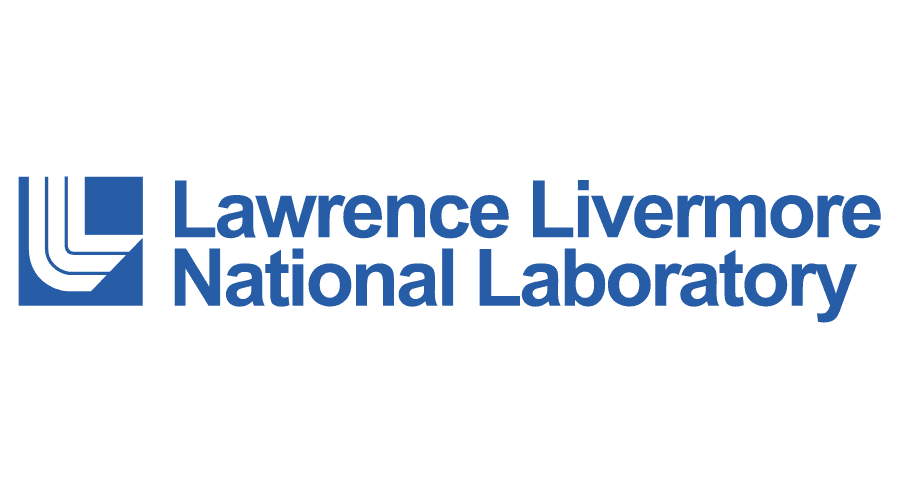
Nuclear Fusion 92 – Lawrence Livermore National Laboratory Is Developing A 3D Printing Process To Produce Fuel Capsules For Inertial Confinement Fusion
-
Nuclear News Roundup Dec 02, 2024
War Between Russia and US Will Take ‘Nuclear Character’, Lavrov Warns newsweek.com
Iran dramatically accelerating uranium enrichment to near bomb grade, IAEA says reuters.com
TVA will hold emergency drill at Sequoyah Nuclear Plant next week timesfreepress.com
Framatome to share fast reactor experience with Japan world-nuclear-news.org
-
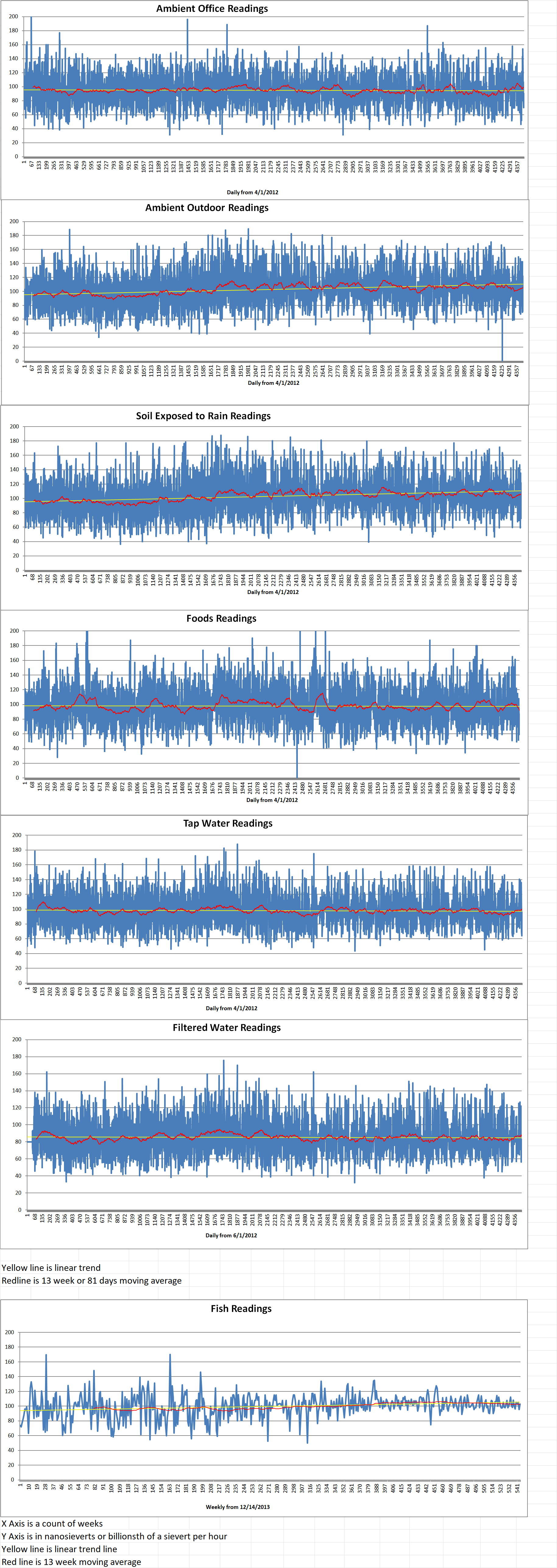
Geiger Readings for Dec 02, 2024
Ambient office = 87 nanosieverts per hour
Ambient outside = 72 nanosieverts per hour
Soil exposed to rain water = 72 nanosieverts per hour
Avocado from Central Market = 87 nanosieverts per hour
Tap water = 69 nanosieverts per hour
Filter water = 61 nanosieverts per hour
-
Nuclear News Roundup Dec 01, 2024
Hanford nuclear site guards losing insurance coverage as lockout of union continues tri-cityherald.com
Little Rock Nine members on hand for christening of nuclear submarine USS Arkansas nwaoline.com
Explosives speed Sizewell A turbine hall decommissioning world-nuclear-news.org
Beznau to operate beyond 60 years world-nuclear-news.org
-
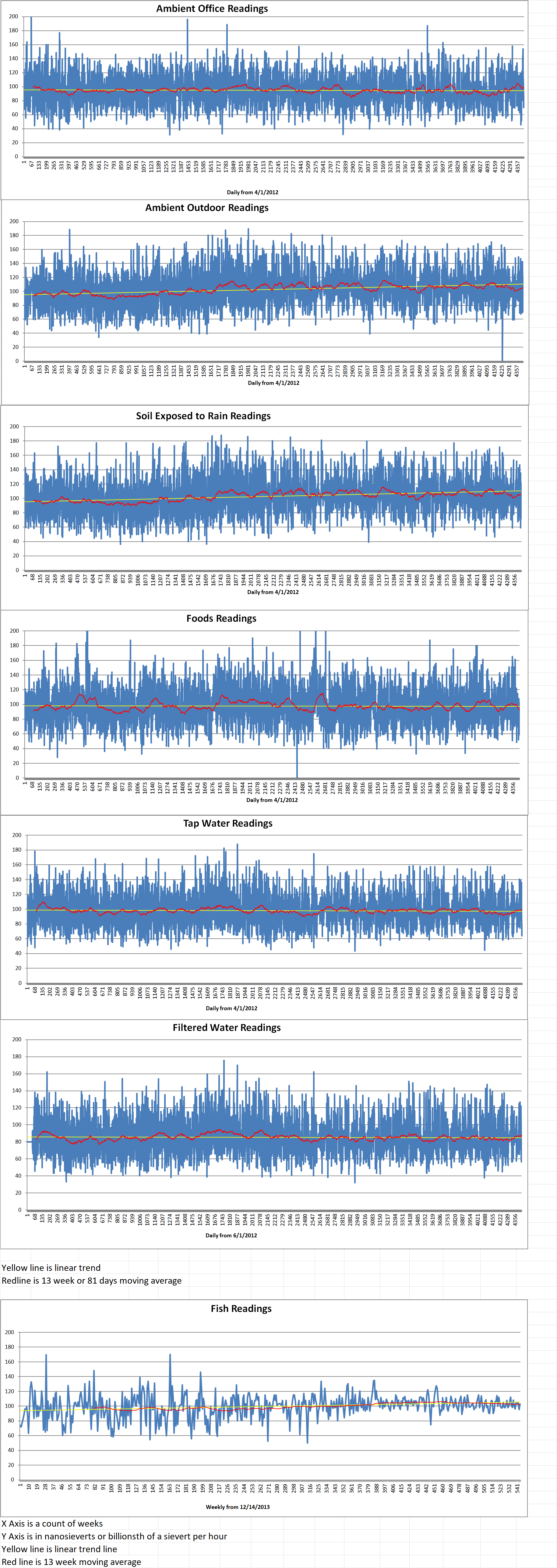
Geiger Readings for Dec 01, 2024
Ambient office = 72 nanosieverts per hour
Ambient outside = 92 nanosieverts per hour
Soil exposed to rain water = 97 nanosieverts per hour
English cucumber from Central Market = 73 nanosieverts per hour
Tap water = 80 nanosieverts per hour
Filter water = 72 nanosieverts per hour
-
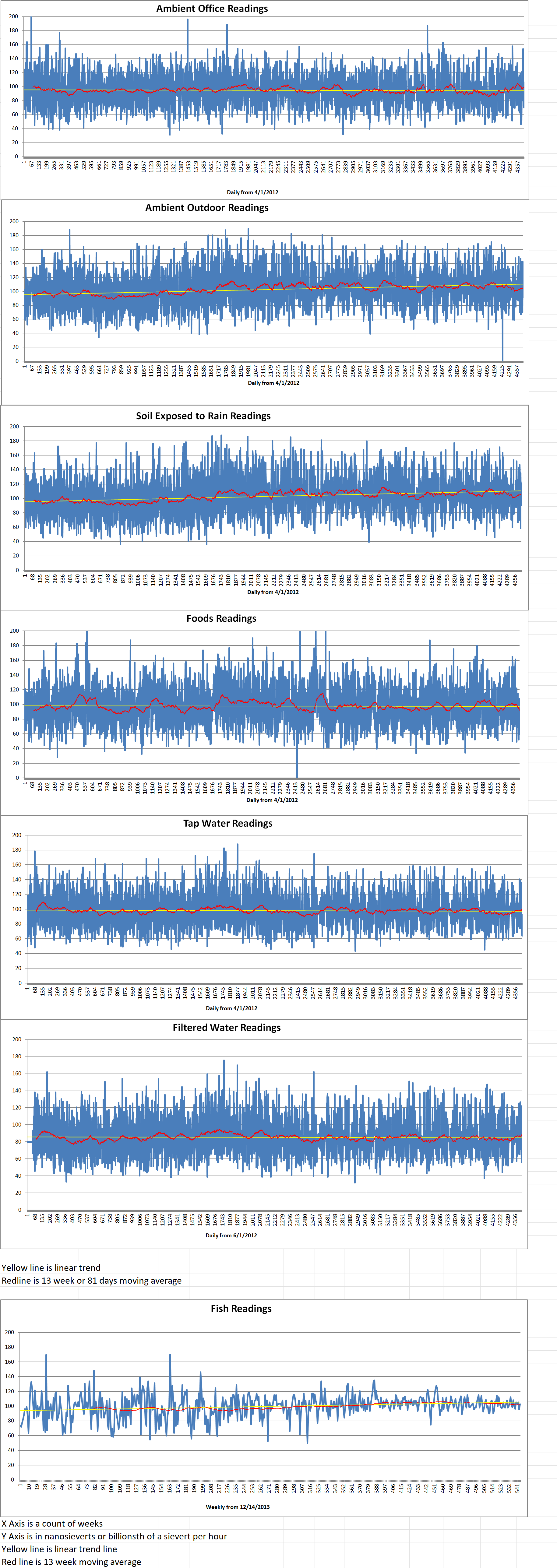
Geiger Readings for Nov 30, 2024
Ambient office = 74 nanosieverts per hour
Ambient outside = 94 nanosieverts per hour
Soil exposed to rain water = 91 nanosieverts per hour
Yellow bell pepper from Central Market = 59 nanosieverts per hour
Tap water = 64 nanosieverts per hour
Filter water = 56 nanosieverts per hour
Dover Sole from Central = 103 nanosieverts per hour
-

Nuclear Fusion 91 – Appleyard Lees Publishes A Report On Patents For Nuclear Technology.
The increase in nuclear fusion innovation has continued for another year, according to the latest patent data reported by Appleyard Lees. However, nuclear power is a tale of two technologies with fission showing the lowest number of patent filings for more than sixty years.
The fourth annual edition of the Inside Green Innovation: Progress Report from the leading intellectual property firm shows that the one hundred and sixty seven nuclear fusion patent filings in 2022 exceeded the one hundred and sixty five filings in 2021. The latter being an almost fifty percent increase on the previous high.
Total funding in the nuclear fusion sector, according to the Fusion Industry Association, has reached more than seven billion dollars, with at least nine hundred million dollars in the past year.
Adam Tindall is an Appleyard Lee Partner. He said, “It is too early to say whether this is now the new ‘steady state’ level for fusion patents, or the early stages of a sustained boom that will lead to real-world, widespread commercial application of a mature technology.”
Recent patent applications in nuclear fusion have focused on less well-researched approaches to fusion, such as plasma generation including particle beam techniques and electrical discharge technologies.
However, the focus on developing new magnet technologies continues. U.K. company Tokamak Energy is investing in a new business division for its magnet technology and continuing to be a top patent filer in the sector. Other top innovators for fusion technology now include the U.K. Atomic Energy Authority.
With regard to territory, the growth of nuclear fusion technology start-up companies in the U.S. is now driving the increase in patent filings more than the previous acceleration led by Asian countries. There are a variety of smaller companies in the U.S. working on fusion research with no single organization dominating current fusion innovation.
Matthew Bennett is an Associate at Appleyard Lees. He said, “As the sector matures, there will likely be consolidation around dominant organizations, with the winners of the innovation race benefiting from strong positions in the market, or at least from a healthy exit. The fusion sector is expanding rapidly and, even though the investment pot is generous, it will quickly be swallowed up by US companies which can show investors they have the necessary IP protections in place for commercializing their technology.”
Patent filings for nuclear fission technology have reached a ten-year low. More than sixty percent fewer than in 2013 and the least recorded since 1963.
Asian countries remain top patent filers in the technology, driven mainly by Korea Hydro & Nuclear Power Co. and Hitachi GE Nuclear Energy. They are focusing on safety-related applications in emergency cooling, monitoring and testing and pressure suppression systems.
The Inside Green Innovation: Progress Report – Fourth Edition’s focus on nuclear energy was selected because of its prominence in the global green innovation conversation. This involvement is referenced in the OECD’s and United Nations’ 17 Sustainable Development Goals and the World Intellectual Property Organization (WIPO) Green Innovation Database, a global innovation catalogue that connects needs for solving environmental or climate change problems with sustainable solutions. -
Nuclear News Roundup Nov 29, 2024
Serbia plans for future with nuclear energy world-nuclear-news.org
Map Shows Safest US States to Live During Nuclear War armscontrolcenter.org
Putin’s nuclear threats aim to scare the west – but Ukraine’s allies are now calling his bluff theconversation.com
IAEA Building “Strong Cooperation” with Uzbekistan in Nuclear Energy and Health iaea.org
-
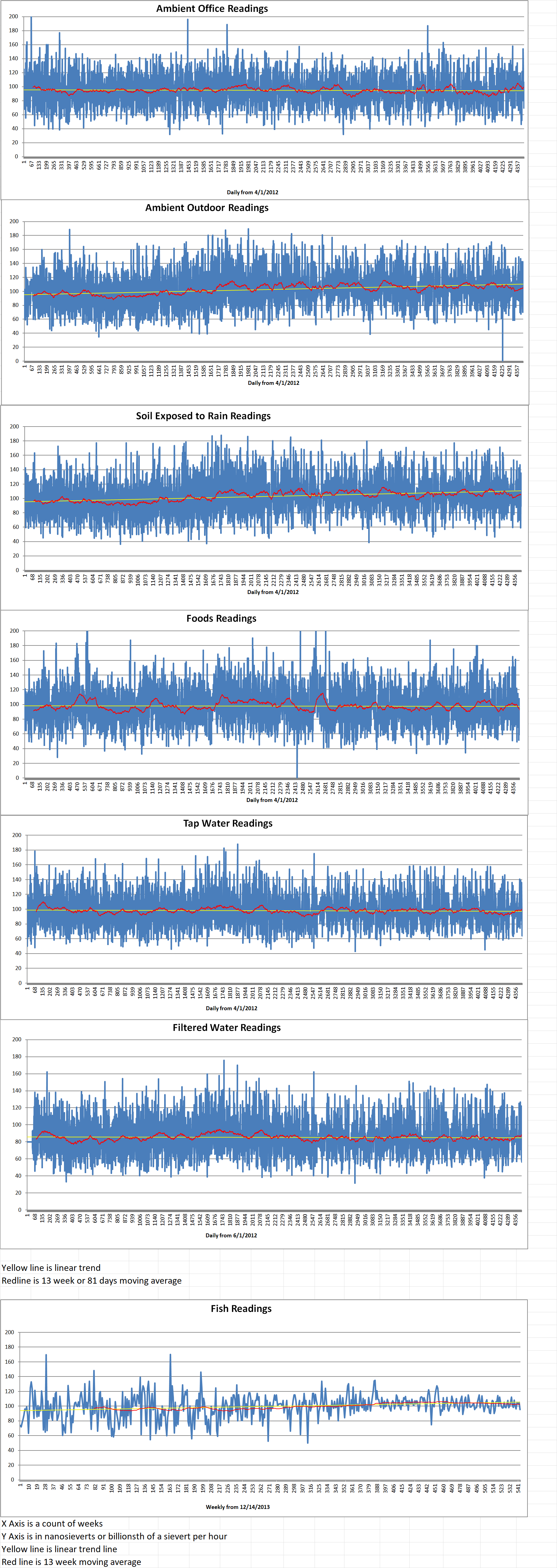
Geiger Readings for Nov 29, 2024
Ambient office = 70 nanosieverts per hour
Ambient outside = 122 nanosieverts per hour
Soil exposed to rain water = 122 nanosieverts per hour
Pointed bell pepper from Central Market = 59 nanosieverts per hour
Tap water = 69 nanosieverts per hour
Filter water = 59 nanosieverts per hour
